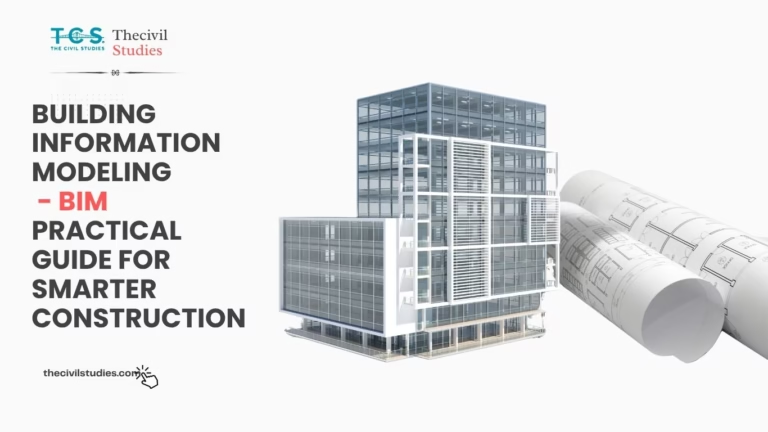
How to Create a Polygon Using the AutoCAD Polygon Command
Overview
Our 2nd command is Polygon, or how to draw a Polygon in AutoCAD. In our last blog post, we learned about the Line command. If you missed the post, you can click here to read about it and practice it on your CAD software so you are able to apply all commands to make practical drawings.
OR
A polygon refers to a geometric figure with three or more sides. It is a closed figure formed by connecting straight line segments. Polygons can be classified based on the number of sides they have, such as triangles (3 sides), quadrilaterals (4 sides), pentagons (5 sides), hexagons (6 sides), and so on.
Alternatively, in Hindi, the word for “polygon” is also बहुभुज where बहु means many or multiple, and भुज means side or arm. So, बहुभुज literally translates to “many-sided” or “polygon”
In the world of digital design, mastering the art of drawing polygons within circles can add a new dimension to your creations. This step-by-step guide will walk you through the process using a drawing tool. Follow these instructions to create your creative designs.
Step 1: Open your Drawing Tool

Refer to your preferred drawing software (AUTOCAD) and ensure you have access to the drawing toolbar. Familiarize yourself with the various icons (specially on Draw Tool BAR) particularly the one for drawing polygons.
Step 2: Draw a circle

Using the circle icon, draw a circle of any diameter on your canvas. These will serve as the foundation for your polygon.
Step 3: Access the Polygon Icon

Locate and click on the polygon icon within the drawing toolbar.
Step 4: Define the Number of Sides

Enter the desired number of sides for your polygon. Make sure to input a value greater than or equal to three. For instance, type ‘8’ and press Enter.
Step 5: Specify the Centre of the Polygon

Type ‘CEN’ and press Enter. Move your cursor around the outer edge of one of the circles until a small yellow circle appears at the canter of the larger circle. Hold the cursor there until the word ‘canter’ appears, then click with the mouse.
Step 6: Enter Options
After clicking, enter ‘C’ and press Enter. Specify the radius of the circle by typing ‘Near’ and pressing Enter.
Step 7: Position the Polygon

Move the cursor to the outer edge of the circle, holding it there until a small yellow hourglass appears and the word ‘nearest’ appears. Click with the mouse.
Step 8: Optional — Place Polygon Inside a Circle

If you prefer to place the polygon inside a circle, follow step 6 and type ‘I’ instead of ‘C’ in step 6.
Conclusion
Congratulations! You’ve successfully drawn a polygon within a circle, unlocking a world of creative possibilities. Experiment with different numbers of sides and circle sizes to achieve unique and visually stunning designs. Enjoy your newfound skills in polygonal creativity!








